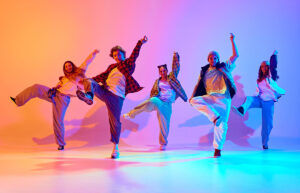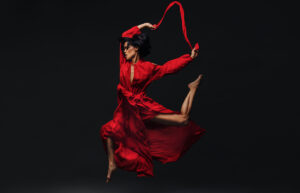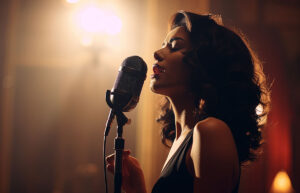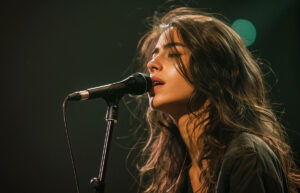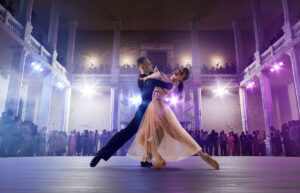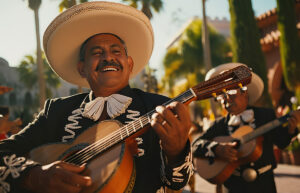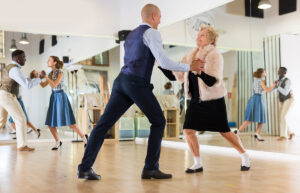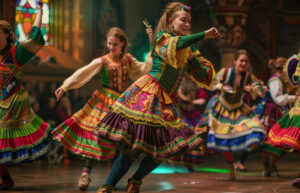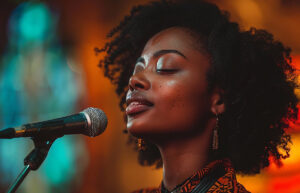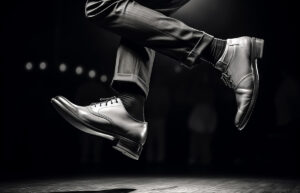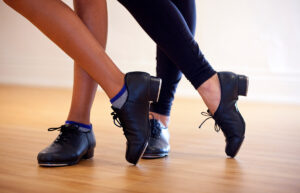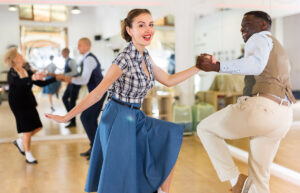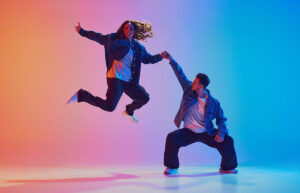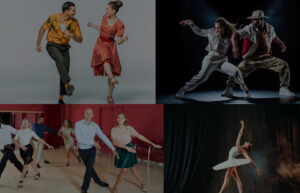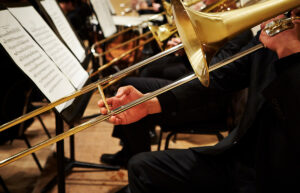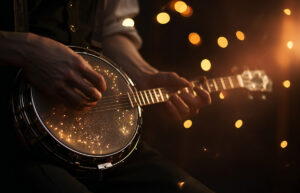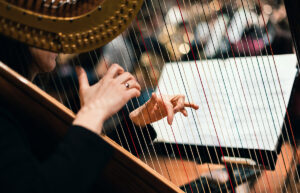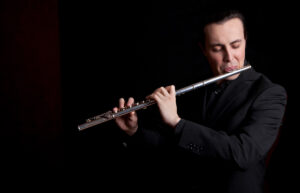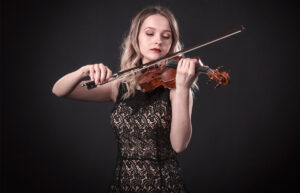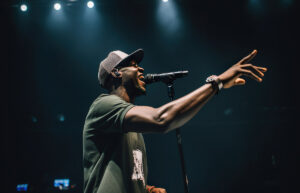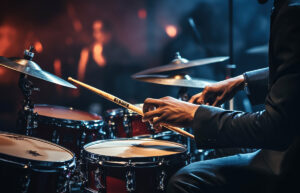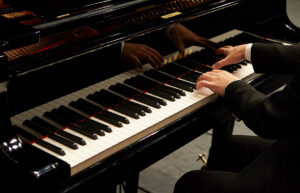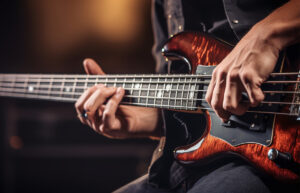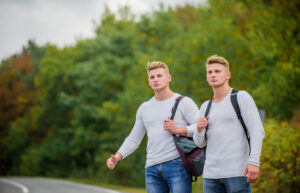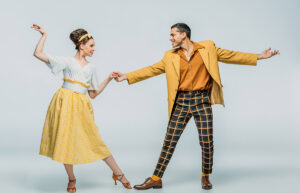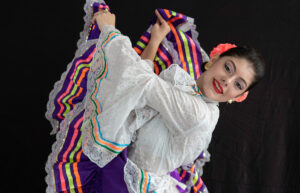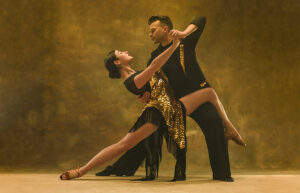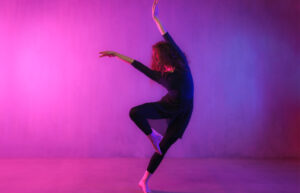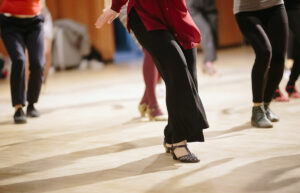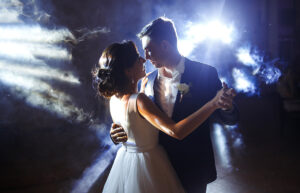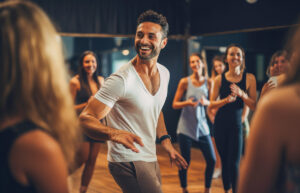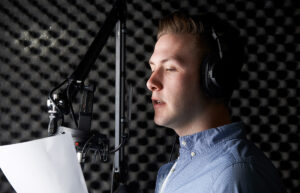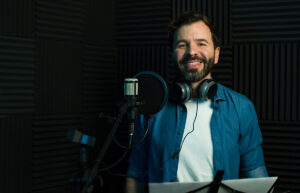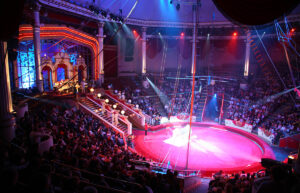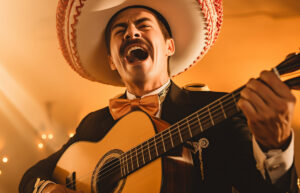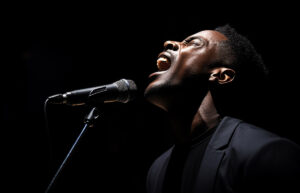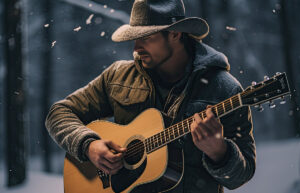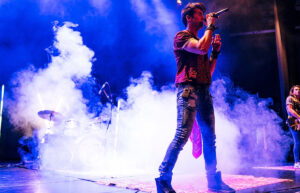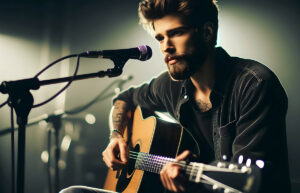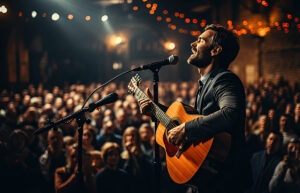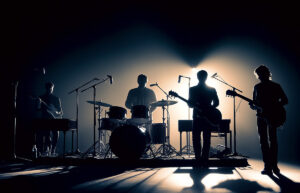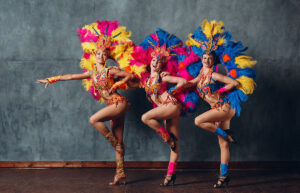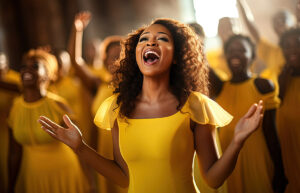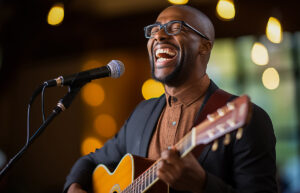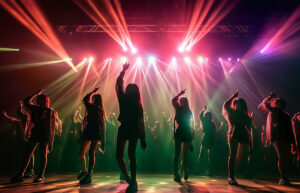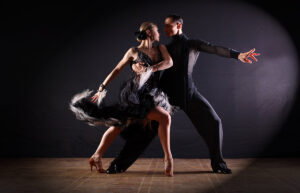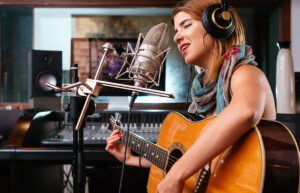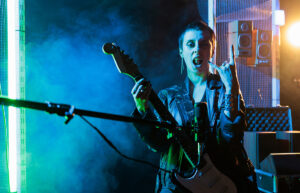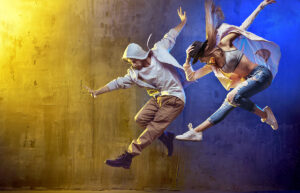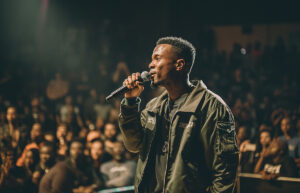How to Folk Dance: Types, Steps & Top Folk Songs

You have found the best place to learn how to folk dance. Our comprehensive guide is intended for dancers who want to learn how to folk dance and gain a thorough understanding before going into the world of folk dance.
It provides detailed information about folk dance, such as its fundamentals, types, and popular songs, allowing beginners to make informed decisions and improve their dancing experience.
Welcome to TheDemoStop, now join the community!
Connect with artists, fans and producers around the world.
What Is Folk Dance?
Folk dance is a traditional dance form created by a group of people to represent the culture of a specific country or region. It can be spontaneous, based on previous styles, free-form, or structured. Folk dance steps are passed down through generations and are frequently linked to social activities, competitions, and cultural education in some areas.
Types of Folk Dances
Fandango
The fandango is a popular Spanish courtship dance and folk song genre with likely Moorish origins. It gained popularity in Europe in the 18th century and was performed as a folk dance in Spain, Portugal, Southern France, and Latin America.
The slow rhythm conveys passion, incorporating castanets, clapping, snapping fingers, and stamping feet. It can be danced as a skill competition between two men inside and outside the flamenco tradition.
Sirtaki
The sirtaki is a Greek dance created for the film Zorba the Greek. It combines slow and fast dances with jumps and bounces. It is performed in a line or circle, with a leader at each end.
The dancers perform the steps together, which become faster and more rhythmic as the music speeds up. Danced in groups of 5–10 people, it represents Greek joie de vivre and culture, strengthening social bonds while remaining authentic and joyful.
The Tarantella
Tarantella is an Italian folk dance with light steps and flirtatious behavior, often involving women carrying tambourines. The dance is performed in lively 6/8 time and is based on tarantism, a disease caused by a tarantula spider bite.
The name is derived from Taranto, an Italian town. Tarantella dances are also performed for two couples. Frederic Chopin, Franz Liszt, and Carl Maria von Weber composed tarantellas for the piano.
The Tinikling
Tinikling is a traditional folk dance popular in the Philippines and has gained popularity in the United States and Canada. It consists of two people holding a bamboo pole with specific rhythm patterns while one or more dancers in the center avoid the poles. The dancers hop, jump, and turn in various styles.
The Hora
The hora dance, also known as the chair dance, is a Jewish wedding tradition in which newlyweds are lifted into the air while family and friends dance in a circle around them. This high-energy event, which can take several hours and requires stamina, is considered a wedding highlight and a fun way to celebrate the couple’s marriage.
Kolo
Kolo is a traditional folk dance in which interlinked dancers form a circular line, often holding hands with their arms down. It is performed at private and public gatherings, with participation from local community members.
Kolo promotes collective and national identities and serves as a symbol for local and regional communal identities. It is present and sustainable at all levels, with local communities promoting it through fairs, festivals, and competitions.
Ceili
Ceili dances are traditional Irish folk dances performed by various dancers, primarily with their legs. The dance requires rigidity from the waistline upward, with precise steps frequently performed with a shoe.
The uniqueness of the dance was recognized in the 1995 musical Riverdance, which featured traditional Irish music and dance. The intricate lines and skilled dancers, combined with toe-tapping melodies, drew people from across the world, raising the profile of Irish dance as a cultural art form.
Polka Dance
Polka originated in the Czech Republic and is a popular folk dance form performed worldwide. In polka, a couple performs one step followed by two half-steps while rotating in a circle around the dance floor.
The word “polka” is likely derived from the Czech word “pulka,” which means “half step.” Polka is also the official state dance in Wisconsin, which has a large Polish immigrant community.
Square Dance
Square dancing is an American folk dance form where four couples in a square formation dance to a specific sequence of steps. It is a popular social dance in North America, particularly in the South and West regions.
It is the official state dance in Colorado, Massachusetts, and over 20 other states. The term “square dance” refers to various American dance traditions, including the event and other social dances.
Weapon Dance
Weapon dance, also known as sword dance, is a type of folk dance that incorporates a sword or weapon into the routine. Performers often reenact battles or express cultural themes. Weapon dance is popular in several countries, including China, Vietnam, Scotland, and India.
Welcome to TheDemoStop, now join the community!
Connect with artists, fans and producers around the world.
How To Folk Dance?
Find a Folk Dance Group or Class
Folk dancing steps are enjoyable and simple to learn. Visit your local recreation center or dance studio to learn how to folk dance. Cultural centers or groups can help people with ethnic backgrounds learn folk dances unique to their heritage.
Choose a Style
Folk dance style selection is a cultural and personal choice influenced by heritage, interests, and location. It allows people to express themselves and connect to their traditional culture. For centuries, various styles have been performed worldwide, making it crucial to select the appropriate style.
Learn the Basic Steps
The fundamental steps will help you thoroughly understand how to folk dance.
- Slide Step: The step involves smoothly gliding one foot across the floor without any weight transfer.
- Hopping: Hopping involves lifting one foot off the ground and landing on the other foot, then repeating the action with the opposite foot. It can be performed in place or while moving in various directions.
- Polka: The basic step involves taking a step with one foot, followed by a quick step with the other foot, and then a hop on the same foot.
- Step-hop: In step-hop, you take a step with one foot and then hop onto the same foot while bringing the other foot to meet it.
- Schottische: The Schottische is a partnered folk dance step that consists of alternating stepping and hopping.
Understand the Music
Traditional folk dance uses music to guide dancers’ movements and expressions, providing a framework for them to demonstrate their abilities and interpret the stories conveyed by rhythmic patterns and melodies.
Add Style and Expression
Folk dancing requires precise expressions to convey meaning and emotion to viewers effectively. It reflects various aspects of life, such as bird movement and health improvement, as well as cultural and historical aspects, such as frustration with governments or love for a country. These expressions are necessary for viewers to understand the dance’s message and history.
Practice Regularly
Learning how to folk dance requires consistent practice that combines tradition and innovation. Consistent dedication enhances skill development and confidence. Quality practice, with individual goals dictating intensity, is essential for achieving mastery of folk dance.
Top Folk Dance Songs
Forgive Me Friend
Smith & Thell’s Forgive Me Friend is a powerful song about friendship, regret, and personal growth. The song delves into the complexities of relationships and the significance of forgiveness. It beautifully expresses the struggles and conflicts between friends, capturing the essence of a deep bond and the pain that can result when broken.
Year of the Young
Year of the Young is a powerful song by Swedish duo Smith & Thell that focuses on youth, hope, and pursuing dreams. The song celebrates young people’s vitality and energy, encouraging them to seize opportunities and live life to the fullest. It is an anthem for those who believe in youth’s power and potential.
Welcome to TheDemoStop, now join the community!
Connect with artists, fans and producers around the world.
Conclusion
What is folk dance?
Folk dance, a traditional dance form, reflects a country’s culture and is passed down through generations. It is frequently associated with social activities and cultural education.
Types of folk dances
- Fandango
- Sirtaki
- The Tarantella
- The Tinikling
- The Hora
- Kolo
- Ceili
- Polka Dance
- Square Dance
- Weapon Dance
How to folk dance?
- Find a folk dance group or class
- Choose a style
- Learn the basic steps
- Understand the music
- Add style and expression
- Practice regularly
Top folk dance songs
- Forgive Me Friend
- Year of the Young
FAQs
What are the basic steps of folk dance?
Learning the basic steps of folk dance can help you develop a comprehensive understanding of how to perform folk dance. Some basic steps are listed below:
- Slide Step
- Hopping
- Schottische
What types of folk dances are there?
- Fandango
- Sirtaki
- The Tarantella
- The Tinikling
- The Hora
- Kolo
- Ceili
- Polka Dance
- Square Dance
- Weapon Dance
Is it easy to learn folk dance?
Learning folk dance is a simple and enjoyable activity. It involves simple steps and embraces the cultural rhythms and traditions associated with the dance form.
What are the skills of folk dance?
Folk dance improves acting, aerial acrobatics, and technical skills. It promotes positive human relations, encourages group activities, and helps to strengthen the musculoskeletal and muscular systems.
What are some examples of folk dances from around the world?
The list includes various examples of folk dances from around the world.
- Bharatanatyam
- Ceili
- Flamenco
- Hula
- Odori
- Omaha Grass Dance



